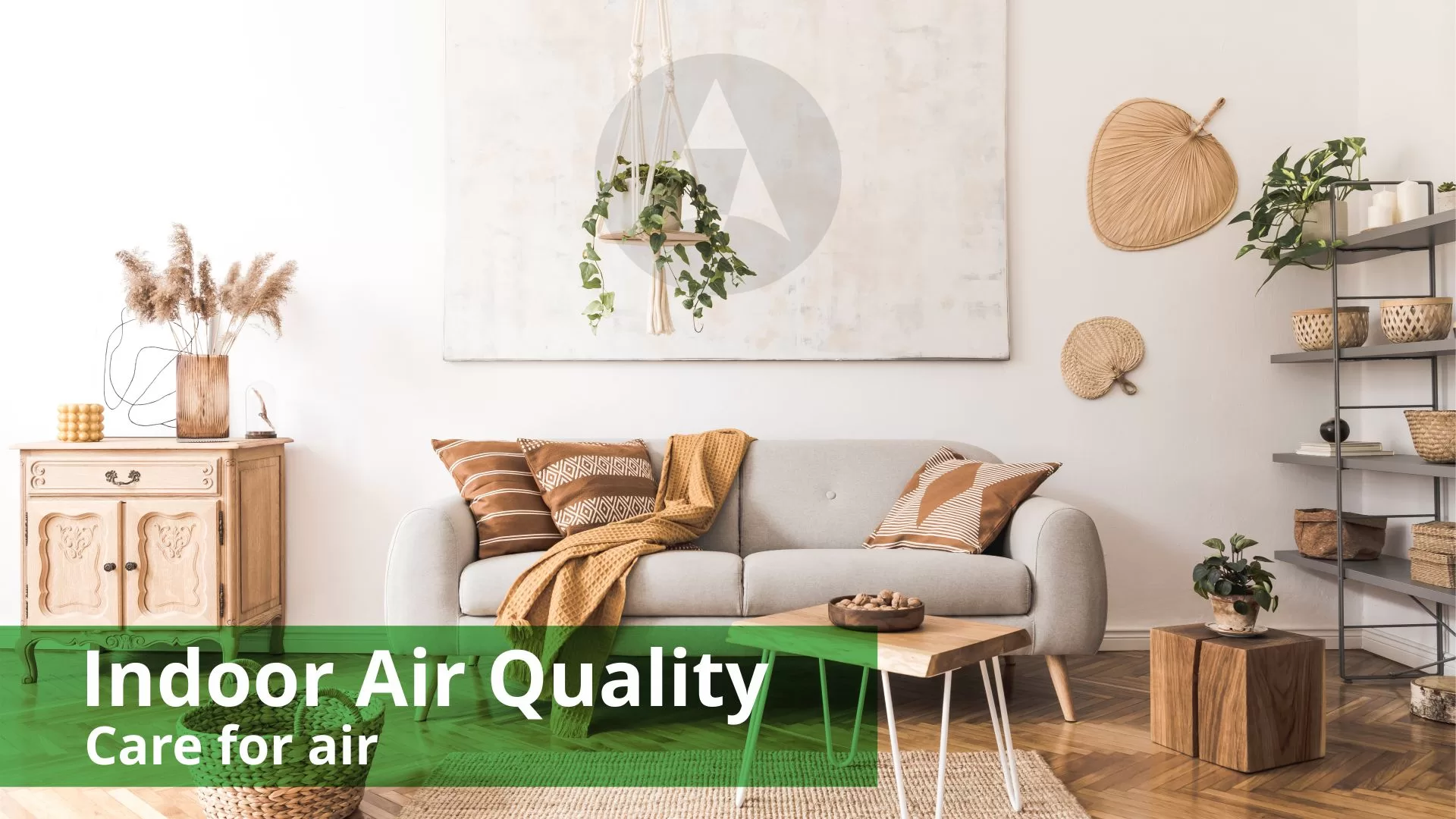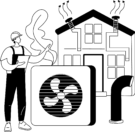What is ventilation
Ventilation originates from the Latin word Ventilationem meaning “an exposing to the air”. Simply put, ventilation is the process of removing used and dirty indoor air and replacing it with new, fresh, oxygen-rich air. Ventilation allows us residents to be and breathe more comfortably.
Why we need to care about our air quality?
According to the World Health Organization, air pollution is the world’s leading environmental health risk. A fundamental requirement for a high quality of life is clean and fresh indoor air. Indoor air, contrary to popular belief, is just as polluted as outdoor air. Given the wellbeing risks of unfortunate air quality, ensuring a good air quality solution is now more of a necessity than a luxury. Breathing in a confined space can lead to a variety of health problems, including lung cancer, pneumonia, and heart disease. Ventilation eliminates contaminations from the ambient air caused by daily living, such as cooking odours and moisture from bathing and laundry. It is substantially more pleasant to work when the air quality is good, as opposed to constantly expecting to open the windows and return to outside air.
Amaryllis is more than just a product company. We want to assist you with being more educated about the air quality issues around you, so you make the right decision to breathe fresh.
Air conditioning or ventilation
Air conditioning and ventilation both aid in improving indoor air quality. Although they are easily confused in everyday language, the two have different effects on the air.
Air conditioning uses the existing air in a space to heat or cool it, depending on your preferences. The air will then be recycled back into the room. This process will be repeated until you have either a warm or cold room. This means that harmful toxins, pollens, and other air pollutants are simply cycled back into the room on a regular basis. As a result, the processed air is always the same; only the quality varies. Because air conditioning units recycle the air, they do not remove odours associated with daily life. Air conditioning and heating costs frequently account for 50% or more of our energy bill. So wanting to save makes sense. As a result, our homes are extremely airtight. Because it is not ventilated, the air inside becomes stale and more polluted.
Ventilation is not a new concept. Surprisingly, it is even older than the air conditioner. Traditionally all homes were built with windows for the same reasons. Ventilation operates on a much lower cycle basis. A ventilation system cleans the air inside the workspace. The air enters from the outside, mixes with the indoor air, and then exhausts the air. This is a different extraction and replacement cycle. This is an ideal setup for workplaces with air pollutants, strong odours, or even few windows because it allows for better overall airflow. The real benefit of ventilation is that it improves the overall quality of air in your workplace. This results in a healthier, more productive workplace.
Does fan mode on air conditioner ventilate room?
When using the fan mode, it is a common misconception that an air conditioner will bring in outside air to ventilate a room. When in fan mode, an air conditioner simply circulates the indoor air by running the indoor fan blower without providing any cooling to the room. Meanwhile, neither the outdoor unit nor the compressor are operational.
Why is good ventilation important?
We spend 80% to 90% of our time indoors and breathe in thousands of litres of air per day. The goal of ventilation is to create healthy and comfortable indoor air in the building.
It is critical to pay attention to air exchange for the following reasons.
- Cooking, dishwashing, washing clothes, and breathing generate humidity, smokes, and odours that are effectively eliminated by ventilation.
- Headaches and fatigue are caused by low oxygen levels. Efficient ventilation keeps carbon dioxide levels low and residents feeling better and more active.
- Ventilation removes emissions from indoor air caused by construction and furnishing materials.
Indoor air quality was traditionally managed through natural ventilation, which relied on pressure differences caused by differences in height and temperature, as well as wind. The pressure difference forced stuffy air and humidity out through the flues, while fresh replacement air came in through leaks in window chinks or openings designed for replacement air.
Natural ventilation is no longer sufficient to ensure good indoor air quality in homes built or renovated in the modern way to be tight. Because it is common to take a shower several times a day and to wash and dry clothes inside, today’s living habits result in a high humidity load indoors. Humidity cannot escape because the vapour barrier and tight windows prevent fresh air from entering. Whether in an office, a classroom, or a home room, adequate ventilation and good air quality are goals to strive for.



